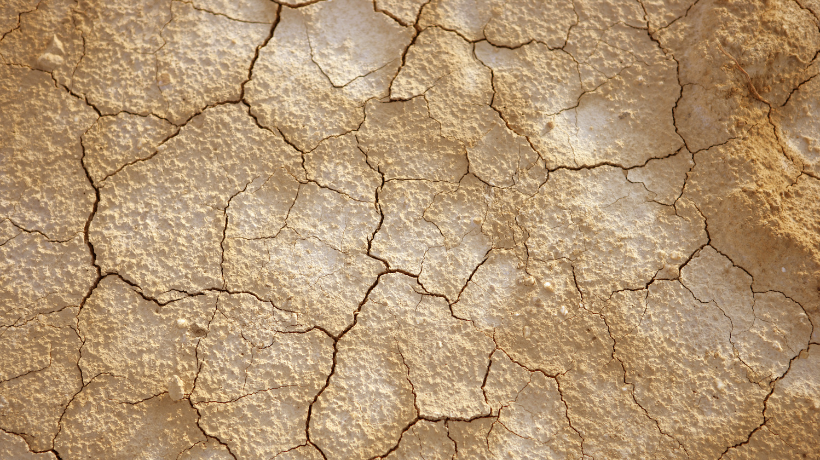Vaginal Dryness
Causes and Symptoms
Vaginal dryness is a common symptom typically resulting from reduced estrogen levels. It can occur during postpartum with breastfeeding, during perimenopause, and after menopause - whether natural or induced from surgery, chemotherapy, and/or radiation. The hallmark signs and symptoms of vaginal dryness include thinning and reduced elasticity of the vaginal tissue, itching, burning, tightness at the vaginal opening, pain, inflammation, or discomfort during penetration with or without bleeding.
Vaginal Moisturizers
Non-prescription vaginal moisturizers may be used to replenish the vaginal tissue and improve circulation. Women sometimes experience vaginal discharge when first starting a vaginal moisturizer, as the vaginal walls shed dry cells that have built up over time.
Vaginal Lubricants
Non-prescription vaginal lubricants prevent small tears in the vaginal walls by reducing friction during sexual activity. Lubricants are available in a variety of forms.
Types
Water-Based
Water-based lubricants have a light, natural texture and eventually absorbs into the skin without leaving
a residue. These lubricants are safe to use with condoms, sex toys and dilators. It is a good choice for women prone to allergic reactions, as it does not cause irritation. Evaporation may require additional applications during intimacy.
Silicone-Based
Silicone lubricants are more slippery and longer lasting, however may stain sheets and clothing. Some are safe to use with condoms but should be avoided with silicone sex toys, silicone dilators, and pessaries as they tend to break down these materials. These lubricants are waterproof and a good choice when using in water.
Oil-Based
Oil-based lubricants (i.e. coconut, olive, and vitamin E oils) are also long lasting and slippery. However, they are more difficult to wash away which may promote bacterial or yeast infections. Oil-based lubricants are not
recommended for use with condoms and sex toys.
Other Considerations
When choosing a vulvar or vaginal moisturizer or lubricant, be mindful that every product impacts each individual differently and it often comes down to personal preference. It is best to avoid petroleum-based products such as mineral oil, baby oil, and petroleum jelly. Avoid “warming” lubricants, as they can be drying and cause some women irritation.
Avoid moisturizers/lubricants containing glycerin, parabens, nonoxynol-9, chlorhexidine gluconate, and propylene glycol which can be irritating to the vaginal tissue.
Avoid lubricants containing perfumes and flavoring ingredients that also can be irritating to tissue. Test the product first with application of a small amount on the inner thigh to see how your body reacts. Vaginal lubricants should have a pH value of approximately 4.5 and should not be used for anal intercourse. Anal lubricants should have a pH value of approximately 7.0.
Estrogen Therapy
Low-dose prescription estrogen is a safe, effective option for many women. Estrogen in the form of vaginal cream, tablets, and rings relieve dryness and discomfort with sexual activity. It may take several weeks to notice relief. Women with a history of cancer may also benefit from this treatment but should first discuss this option with their oncologist.
Other Prescription Therapies
Ospemifene – estrogen agonist/antagonist taken by oral tablet to treat painful intercourse caused by vaginal atrophy Dehydroepiandrosterone (DHEA) – a hormone-containing insert placed in the vagina at night for the treatment of painful intercourse caused by vaginal atrophy
Improving Pelvic Circulation
It is important to maintain strong and flexible pelvic floor muscles for good circulation and tissue mobility. Consult with a specialized pelvic floor physical therapist for proper instruction of how to exercise your pelvic muscles effectively. Regular sexual stimulation with a partner, alone, or with a device such as a vibrator also promotes good circulation of the pelvic tissues. Lastly, consider “outercourse” options such as caressing, massage, and mutual masturbation to remain sexually intimate if penetration causes discomfort.
Consult your healthcare provider for further evaluation if your symptoms do not improve with treatment.
Additional Resources
The North American Menopause Society Handout: Vaginal Dryness
Disclaimer: This patient education handout was developed by the Academy of Pelvic Health Physical Therapy (APTA Pelvic Health) and is meant to provide general information, not specific medical advice. It is not intended to substitute for the judgment of a person’s healthcare provider. Additional information can be found at www.aptapelvichealth.org. For inquiries, please contact us at https://www.aptapelvichealth.org/contact-us.



